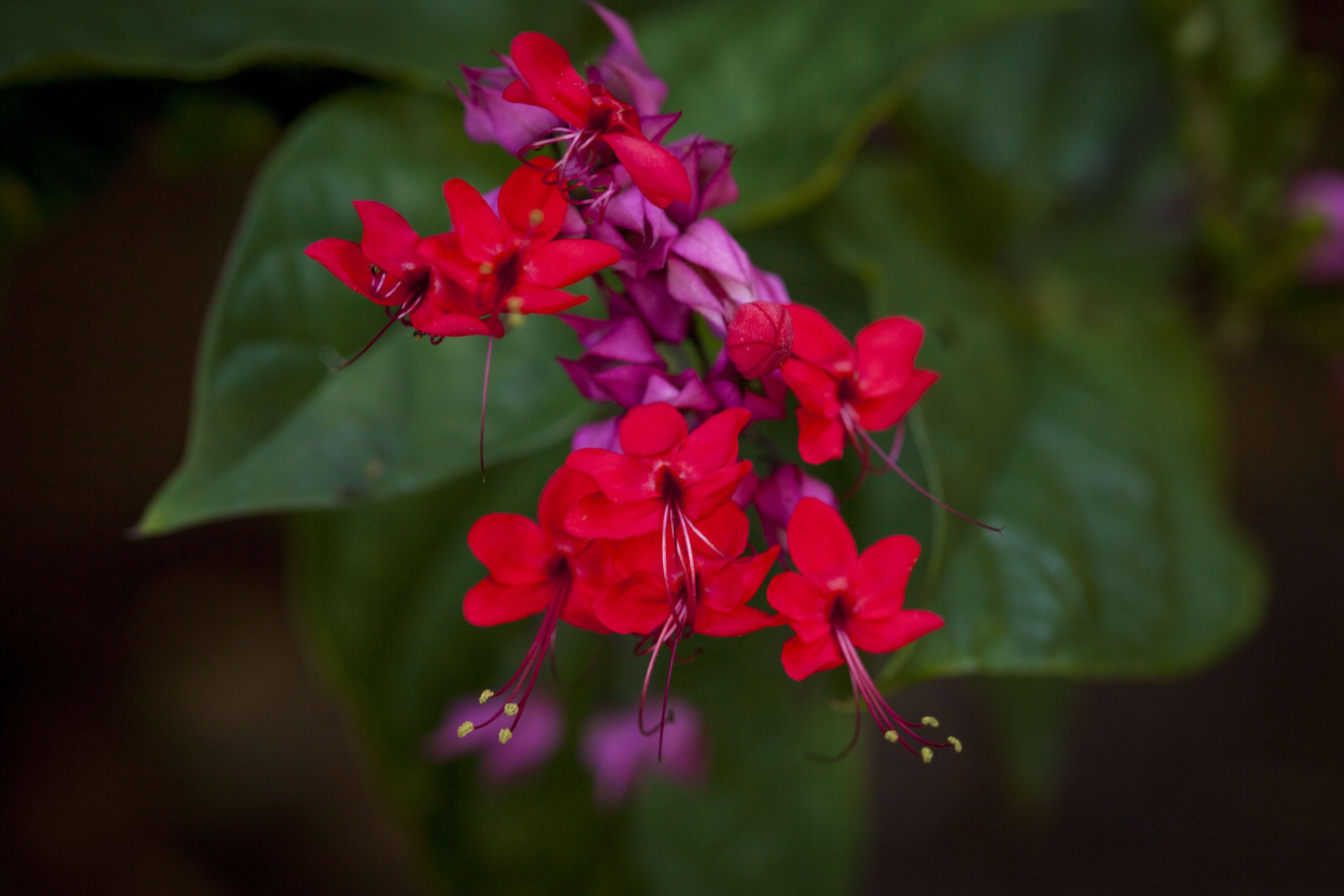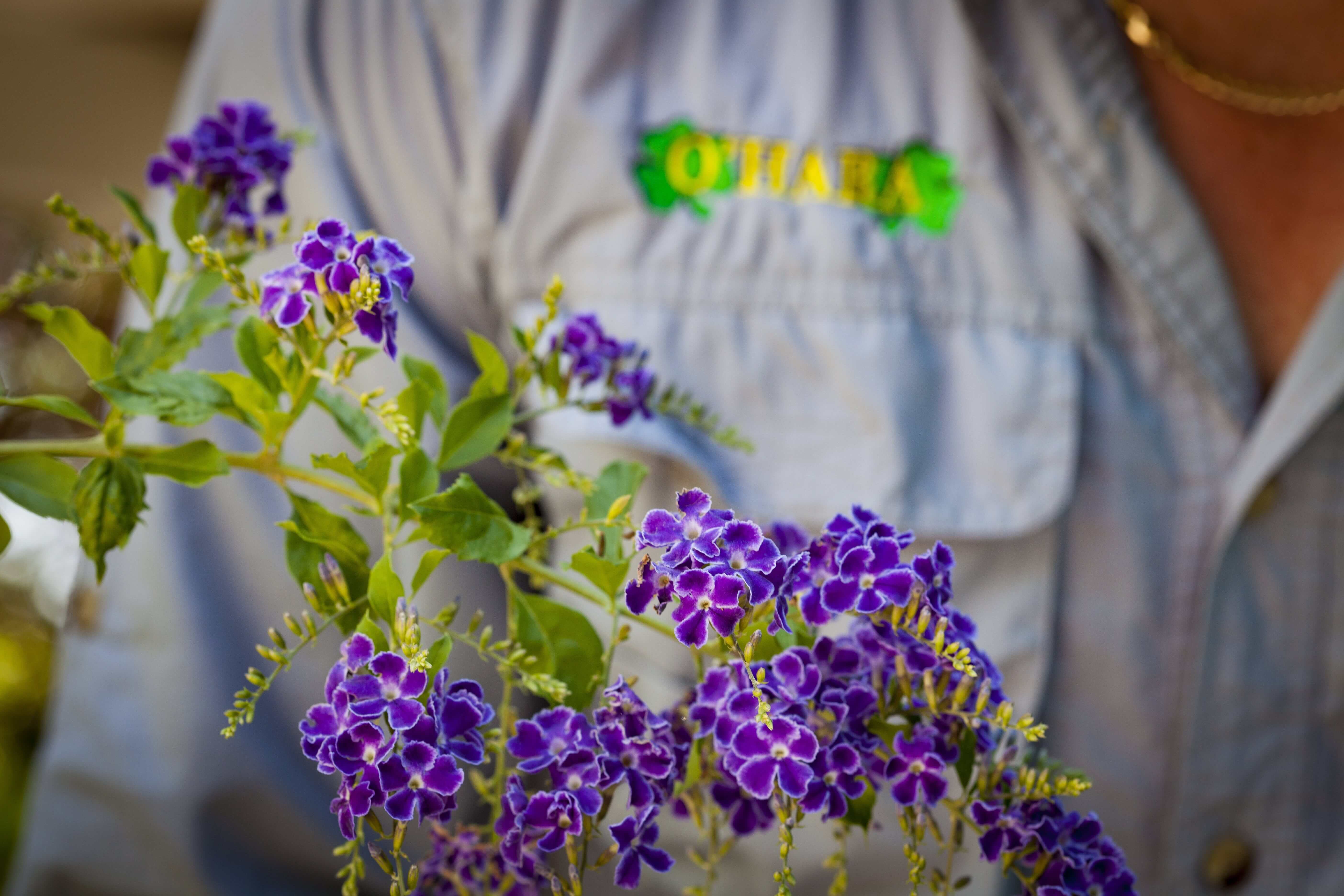Properly watering flower beds is crucial for a healthy landscape in West Palm Beach. However, sometimes flower beds don’t receive the necessary water, leading to unhealthy plants. Recognizing the signs of underwatering and knowing how to address them is key to maintaining a vibrant garden.
Common Signs of Underwatering in Flower Beds

Identifying the signs of underwatering can help prevent further damage to your flower beds.
Wilting and Drooping Plants
- Plants that don’t receive enough water often appear wilted or droopy, even when they aren’t exposed to intense sunlight.
- Leaves may curl or shrivel, losing their firmness.
- The soil around these plants often feels dry and may pull away from the edges of the flower bed.
Yellowing or Browning Leaves
- When plants are underwatered, their leaves may turn yellow or brown, particularly at the edges or tips.
- This discoloration often progresses if the issue isn’t addressed, leading to leaf drop and stunted growth.
Cracked or Dry Soil
- A clear sign of insufficient watering is soil that appears cracked or is extremely dry to the touch.
- If the soil feels compact and doesn’t absorb water quickly, it indicates the need for deeper watering.
How to Fix Underwatering Issues
Ensuring your flower beds receive adequate water involves a few adjustments:
- Adjust Watering Frequency: Increase watering frequency, especially during hot, dry periods, which is common in West Palm Beach.
- Use Mulch: Mulching helps retain soil moisture and protects roots from extreme heat.
- Install a Drip Irrigation System: For more consistent watering, consider using a drip irrigation system, which delivers water directly to the base of plants.

Maintain a Lush Landscape in West Palm Beach!
Proper watering techniques are essential for maintaining a lush landscape. If you need expert watering and garden care advice, O'Hara Landscape offers professional solutions to ensure your flower beds thrive. Contact us today!

